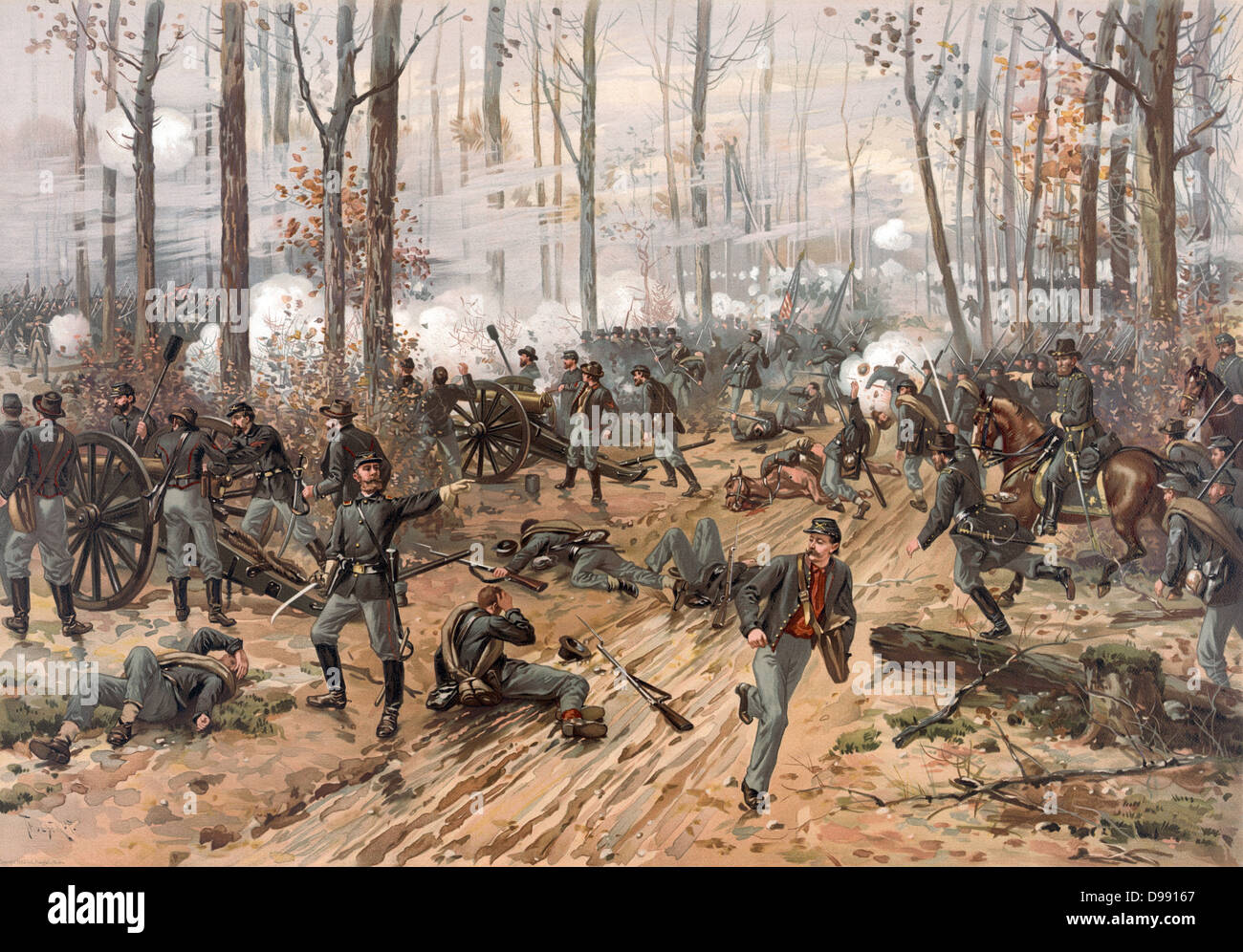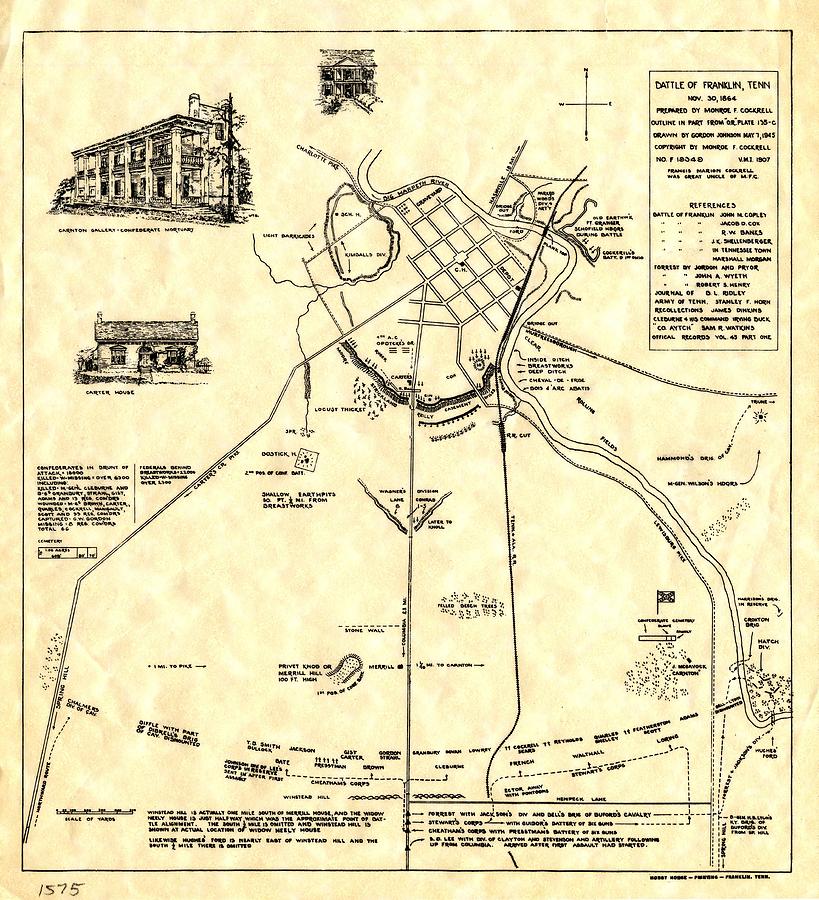
>
The Echoes of a Nation: Unraveling America’s Enduring Legends
America, a nation forged from diverse peoples and a relatively young history, possesses a unique tapestry of legends. Unlike the ancient mythologies of Greece or Rome, American legends are often a vibrant blend of historical fact, audacious folklore, and the collective yearning for heroes, explanations, and a touch of the extraordinary. They are the whispers carried on the wind, the campfire tales, and the stories passed down through generations, each one a thread in the intricate fabric of the national identity. From the colossal figures who tamed the wild frontier to the spectral soldiers haunting hallowed battlegrounds, these legends reflect the nation’s dreams, fears, and the very spirit of its people.
At its heart, an American legend is more than just a story; it’s a cultural touchstone. It embodies a particular value, explains a natural phenomenon, or gives voice to the struggles and triumphs of an evolving society. These narratives often blur the lines between reality and hyperbole, making them all the more compelling. They are not stagnant relics of the past but living entities, continually reinterpreted and retold, adapting to new eras while retaining their foundational essence.

Founding Fables: Crafting a National Identity
The earliest American legends emerged from the very act of nation-building, creating figures who embodied the nascent republic’s ideals. Paul Revere’s midnight ride, immortalized by Henry Wadsworth Longfellow’s poem, transcends a simple historical event. It becomes a symbol of revolutionary defiance, individual courage, and the power of a single warning to rally a cause. While historians note that Revere was but one of several riders that night, and his impact was perhaps exaggerated, the legend serves a crucial purpose: it instills pride and a sense of shared purpose in the origins of the nation. "One if by land, and two if by sea," became more than an instruction; it became a rallying cry etched into the American psyche.
Similarly, the figure of Johnny Appleseed, or John Chapman, transforms a real-life frontiersman into an ecological pioneer. Wandering the Midwest planting apple seeds, Chapman is depicted as a gentle, benevolent soul, spreading not just fruit but also a message of peace and foresight. His legend speaks to the American spirit of self-reliance, the taming of the wilderness through cultivation, and a quaint, almost innocent optimism about the future. These are the foundational myths, simple yet profound, that helped shape a collective identity for a diverse populace.
Giants of the Frontier: Taming the Wild West
As the nation expanded westward, so too did its legends, giving birth to figures whose exaggerated feats mirrored the vastness and challenges of the American frontier. Paul Bunyan, the colossal lumberjack, and his loyal blue ox, Babe, are perhaps the quintessential examples. Bunyan’s adventures, like carving out Puget Sound with his axe or digging the Great Lakes with his shovel, are tall tales designed to explain formidable natural landscapes and celebrate the superhuman strength required to conquer them. He represents the sheer grit and ingenuity of the American worker, an idealized version of those who literally carved a civilization out of raw wilderness.
Pecos Bill, the cowboy who rode a mountain lion and tamed the wildest horses, embodies the spirit of the American cowboy – rugged, independent, and capable of overcoming any obstacle. He is said to have dug the Rio Grande and even ridden a cyclone. These stories, often shared around campfires, provided both entertainment and a means to process the overwhelming scale and danger of the frontier. They are stories of mastery over nature, a deeply ingrained American desire.
And then there is John Henry, the steel-driving man, a legend rooted in the brutal reality of industrial expansion. A freed slave, John Henry challenged a steam-powered drilling machine to a race, winning but dying "with a hammer in his hand, a-driving down steel" in the process. This powerful legend, often recounted in song, speaks to the dignity of human labor, the struggle against technological displacement, and the ultimate triumph of the human spirit, even in death. It’s a poignant reminder of the human cost of progress, a testament to resilience and sacrifice.
Where History Haunts: The Civil War and its Spectral Echoes

Perhaps no period in American history has given rise to more enduring and poignant legends than the Civil War. The sheer scale of the conflict, the immense loss of life, and the profound trauma left an indelible mark on the national psyche, giving birth to countless ghost stories and tales of spectral soldiers still fighting battles long past. These legends are particularly prevalent in the Southern states, where the scars of war run deep, and battlefields are often considered hallowed, haunted ground.
In Tennessee, the setting of numerous pivotal and devastating engagements, the legends of the Civil War are particularly vivid. The state witnessed some of the bloodiest confrontations, from Stones River to Franklin, and crucially, the battles of Chickamauga and Shiloh. These tn civilwarbattles are not merely historical footnotes; they are epicenters of spectral activity and legendary encounters.
Shiloh, fought in April 1862, was one of the earliest and deadliest battles of the war, leaving over 23,000 casualties. The national military park is rife with stories of ghostly Union and Confederate soldiers, their phantom cries echoing through the dense woods. Visitors often report hearing the sounds of muskets, cannon fire, and the pained moans of the wounded, despite no living soul being present. Some even claim to see full apparitions, reenacting their final moments. The legend here isn’t just about ghosts; it’s about the lingering energy of profound suffering and sacrifice, a silent testament to the raw brutality of "brother against brother."
Even more chilling are the legends surrounding Chickamauga, fought in September 1863, another brutal Tennessee engagement that claimed over 34,000 lives. It is consistently ranked among the most haunted battlefields in America. Legends abound of "Old Green Eyes," a spectral entity said to roam the fields, its glowing eyes a harbinger of ill fortune. Other tales speak of the "Snapping Turtle," a terrifying, disembodied voice that warns visitors to "get out." These aren’t just spooky stories; they are cultural narratives that grapple with the unimaginable horror of the past, a way for the living to connect with and acknowledge the untold numbers who perished there. The very air around these sites, according to legend, is thick with the spirits of the fallen, forever locked in their final, desperate struggle.
Modern Mythologies: Cryptids and Urban Lore
America’s legends are not confined to the past. The vast, untamed corners of the continent continue to inspire tales of cryptids – creatures whose existence remains unproven but are deeply embedded in local folklore. Bigfoot, or Sasquatch, is arguably the most famous. Said to roam the Pacific Northwest, this ape-like creature embodies humanity’s fascination with the unknown and the wildness that still lurks beyond the fringes of civilization. Sightings, footprints, and blurry photographs fuel the legend, keeping the dream of discovery alive.
In the eastern states, particularly West Virginia, the legend of Mothman captivates. Described as a winged, red-eyed humanoid, Mothman sightings often precede local disasters, most famously the collapse of the Silver Bridge in Point Pleasant in 1967. This legend taps into a primal fear of the unknown and the human tendency to seek supernatural explanations for tragedy.
Even urban environments spawn their own legends. From the cautionary tales of Bloody Mary in the mirror to the internet-spawned horror of Slenderman, modern legends reflect contemporary anxieties about technology, social isolation, and the darker side of human nature. These urban legends, often spread through word-of-mouth and now amplified by the internet, demonstrate the enduring human need for narrative, for stories that thrill, warn, and connect us to a shared cultural experience.
The Enduring Power of the American Narrative
From the noble figures of the Revolution to the mythical giants of the frontier, from the haunted battlefields of the Civil War in Tennessee to the enigmatic cryptids of the modern age, American legends serve as more than just entertainment. They are a mirror reflecting the nation’s evolving character, its aspirations, and its deepest fears. They teach us about courage, sacrifice, resilience, and the relentless pursuit of progress.
These legends are the collective memory of a nation, a cultural inheritance that continually shapes our understanding of who we are and where we come from. They are the stories we tell ourselves to make sense of a complex world, to celebrate our heroes, to mourn our losses, and to grapple with the inexplicable. As long as there are mountains to explore, battles to remember, and human hearts that yearn for meaning, the echoes of America’s legends will continue to resonate, shaping the national narrative for generations to come. They remind us that while history provides the facts, legends provide the soul.


